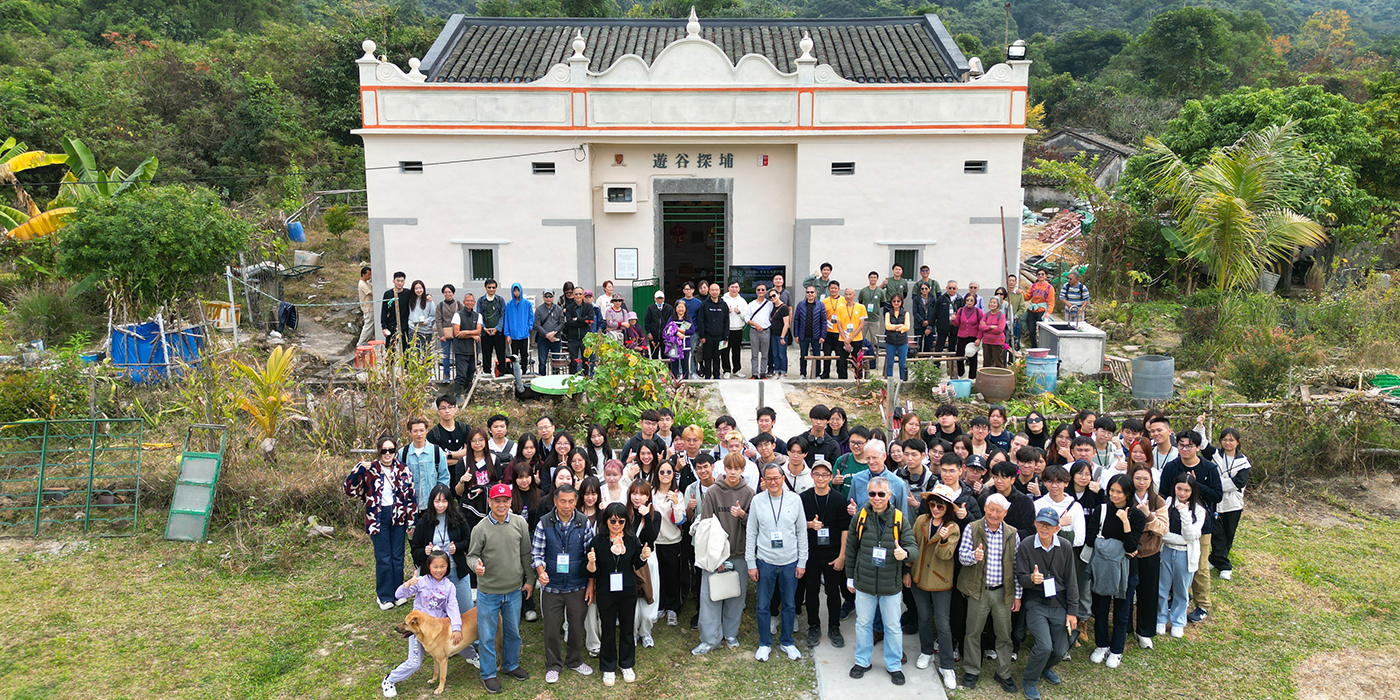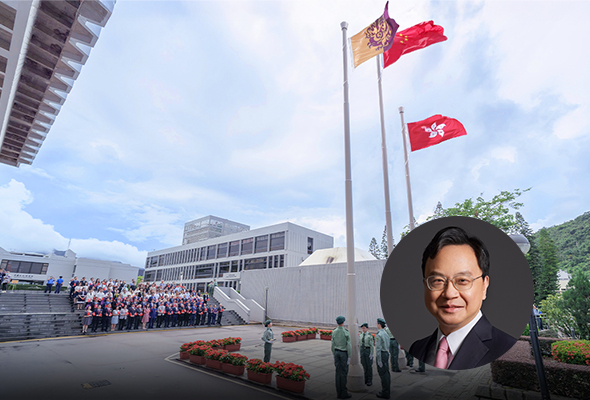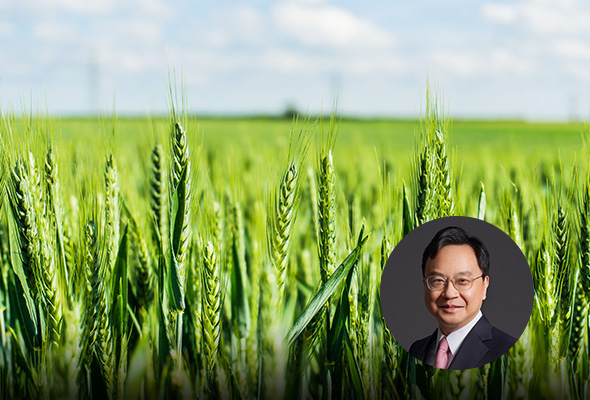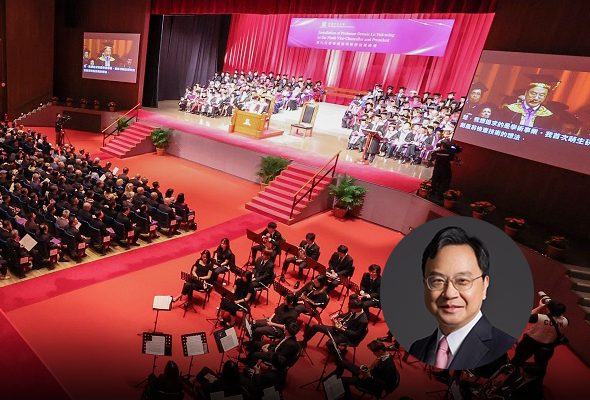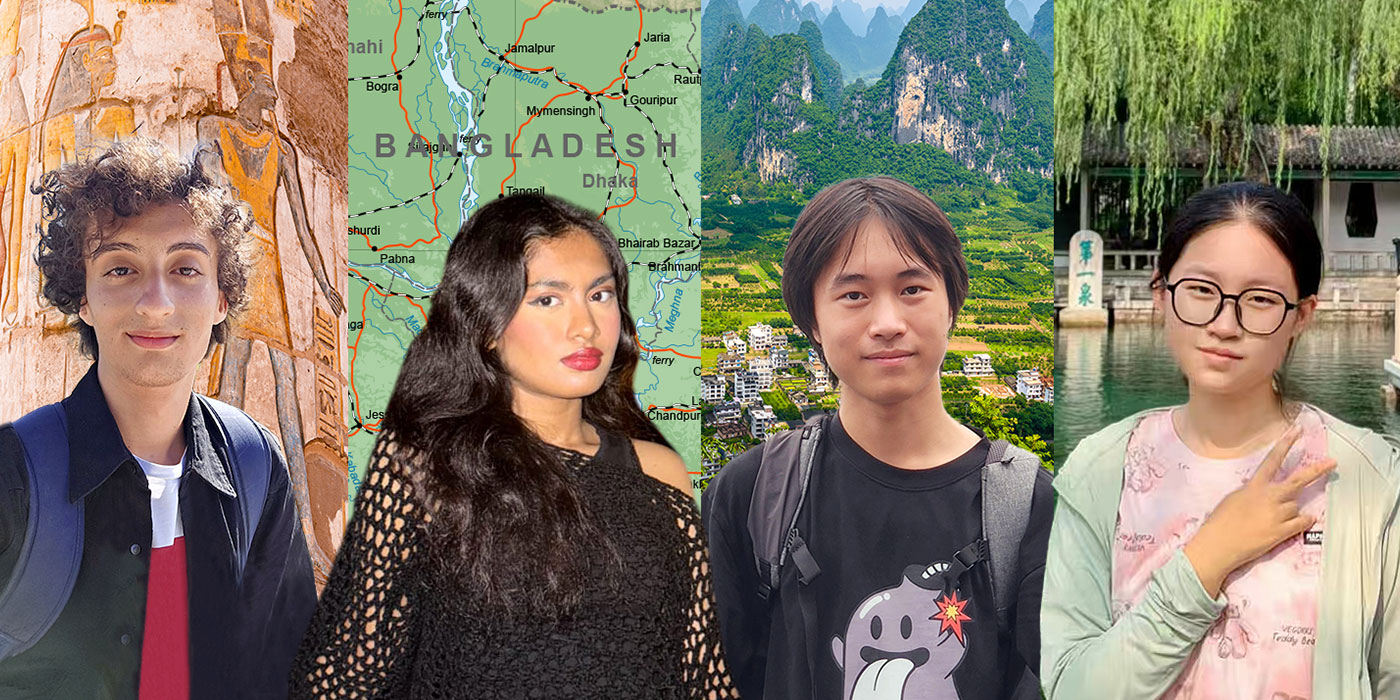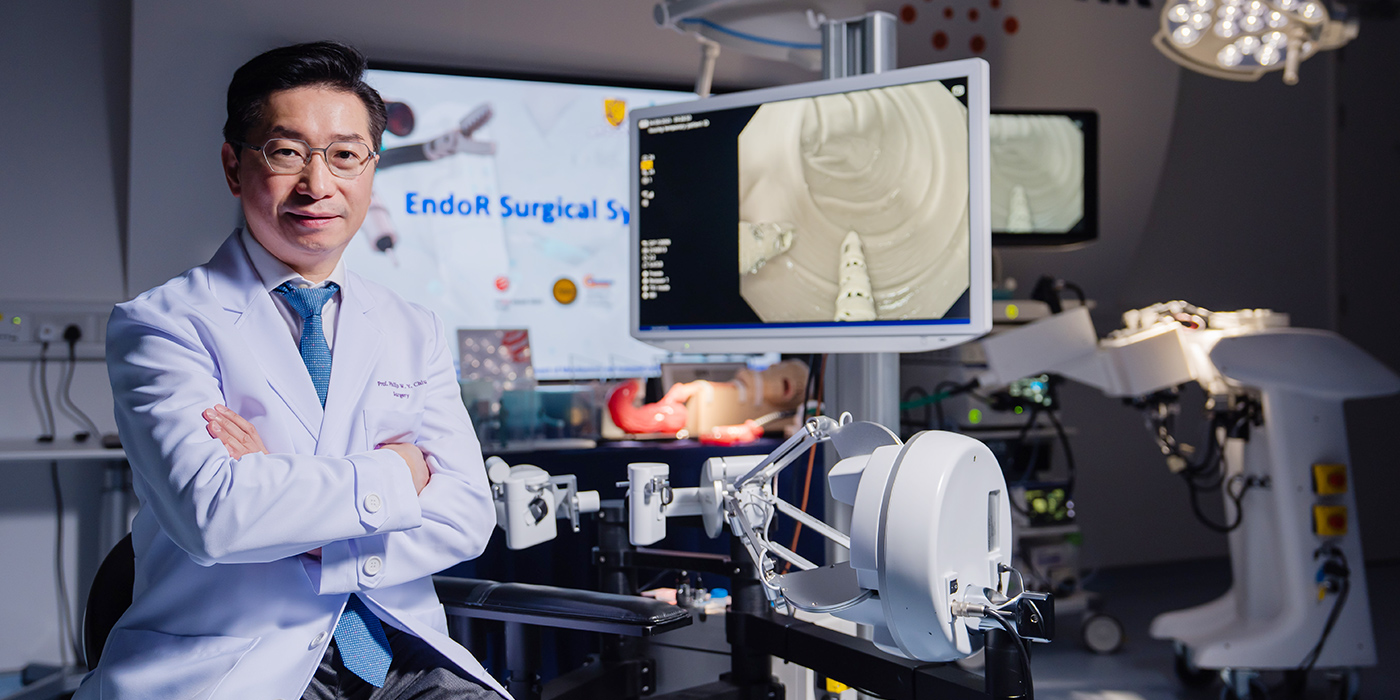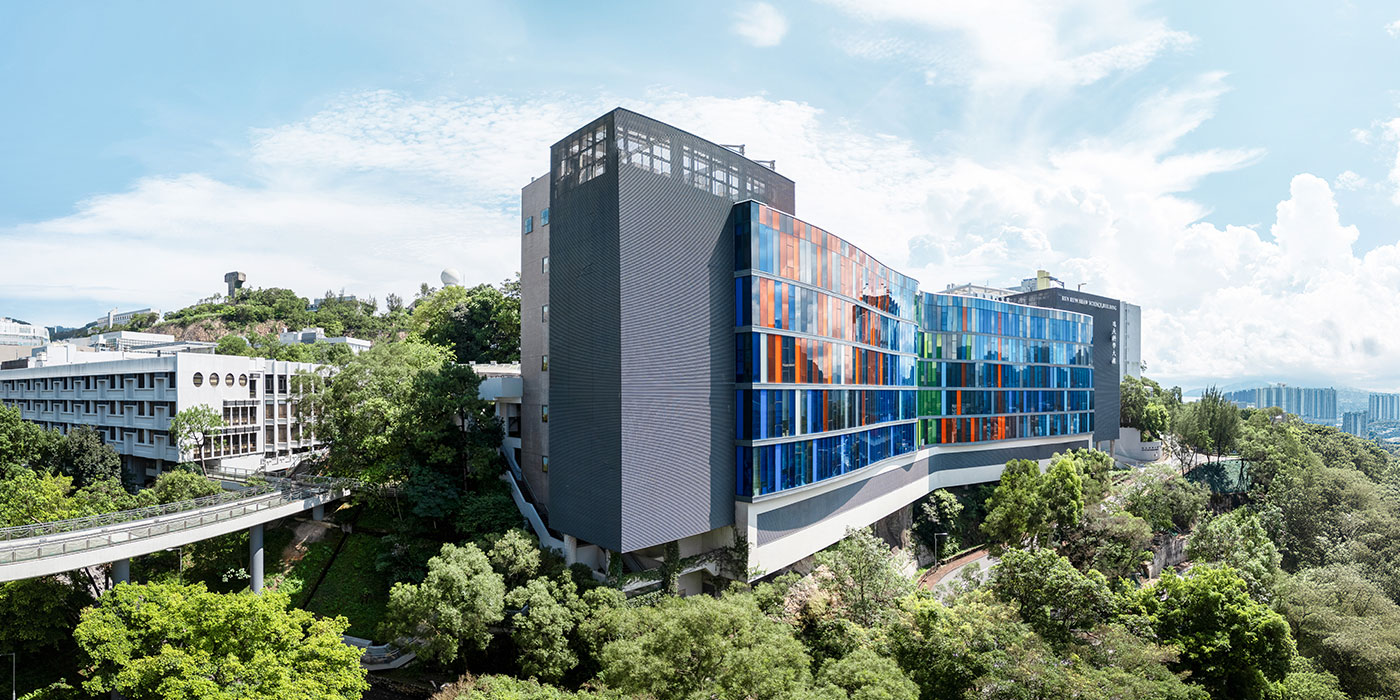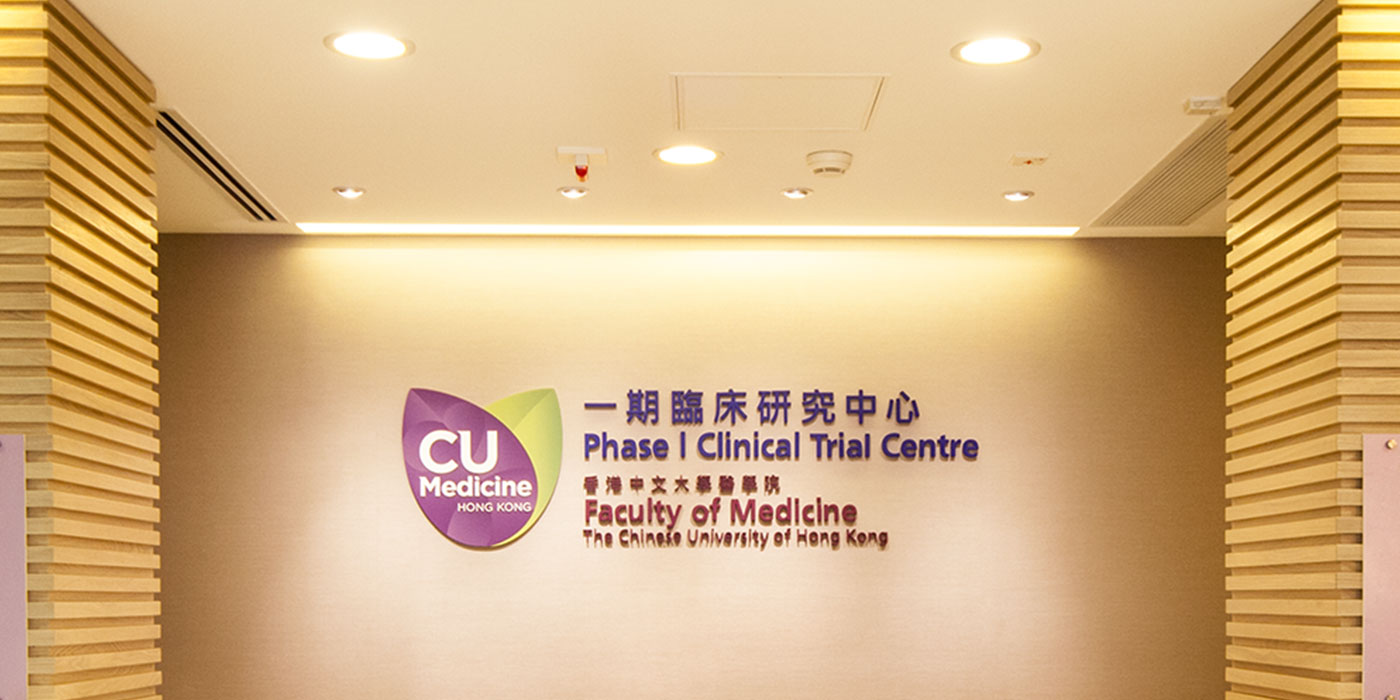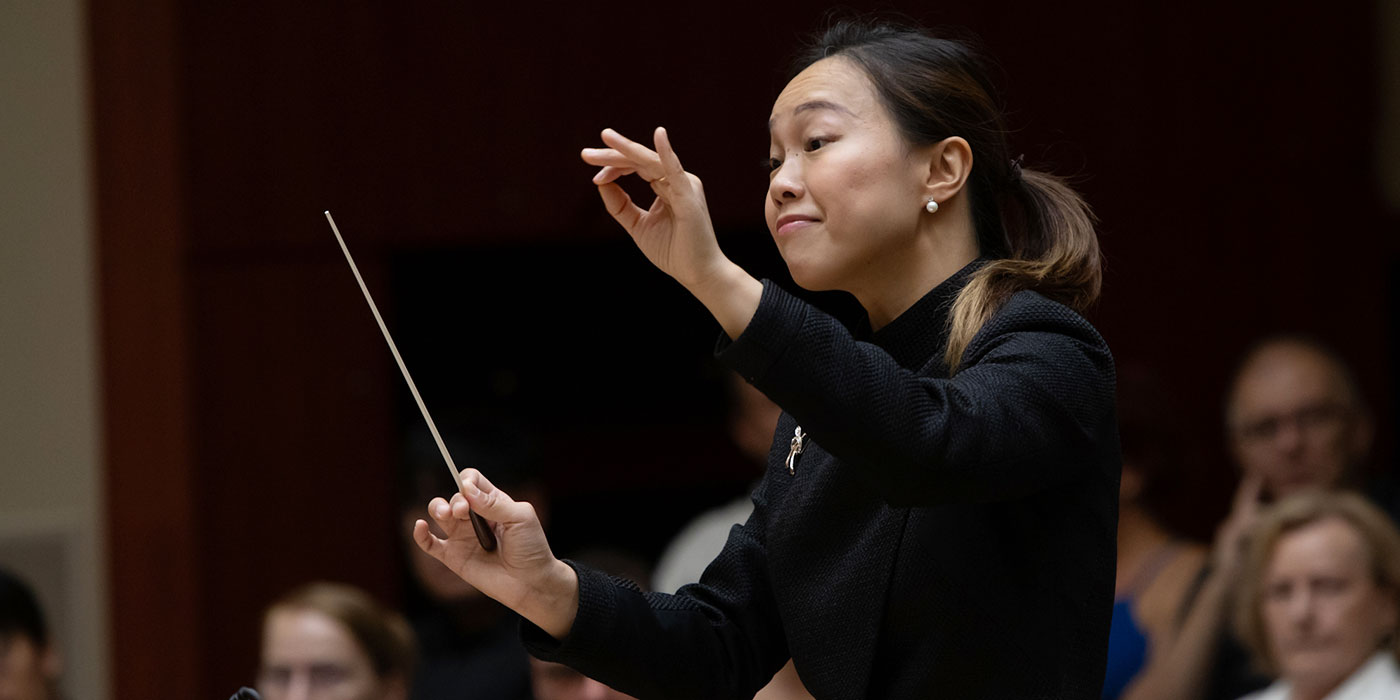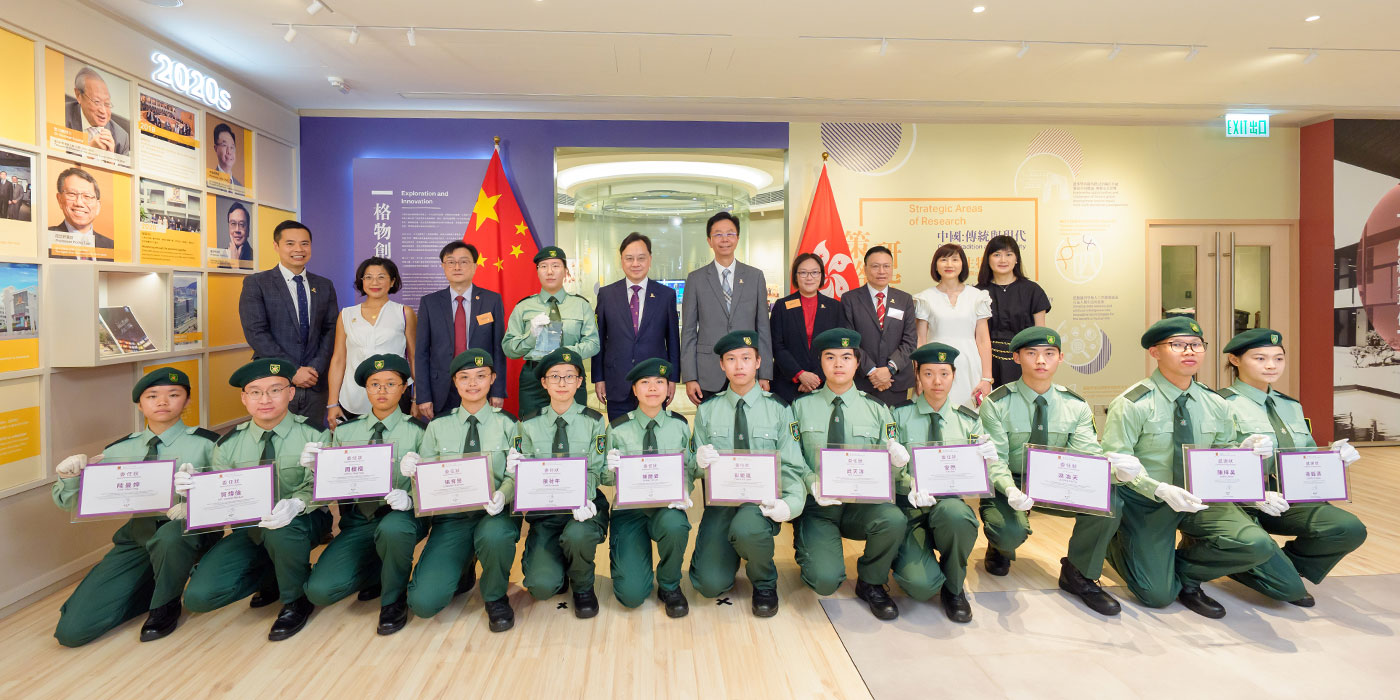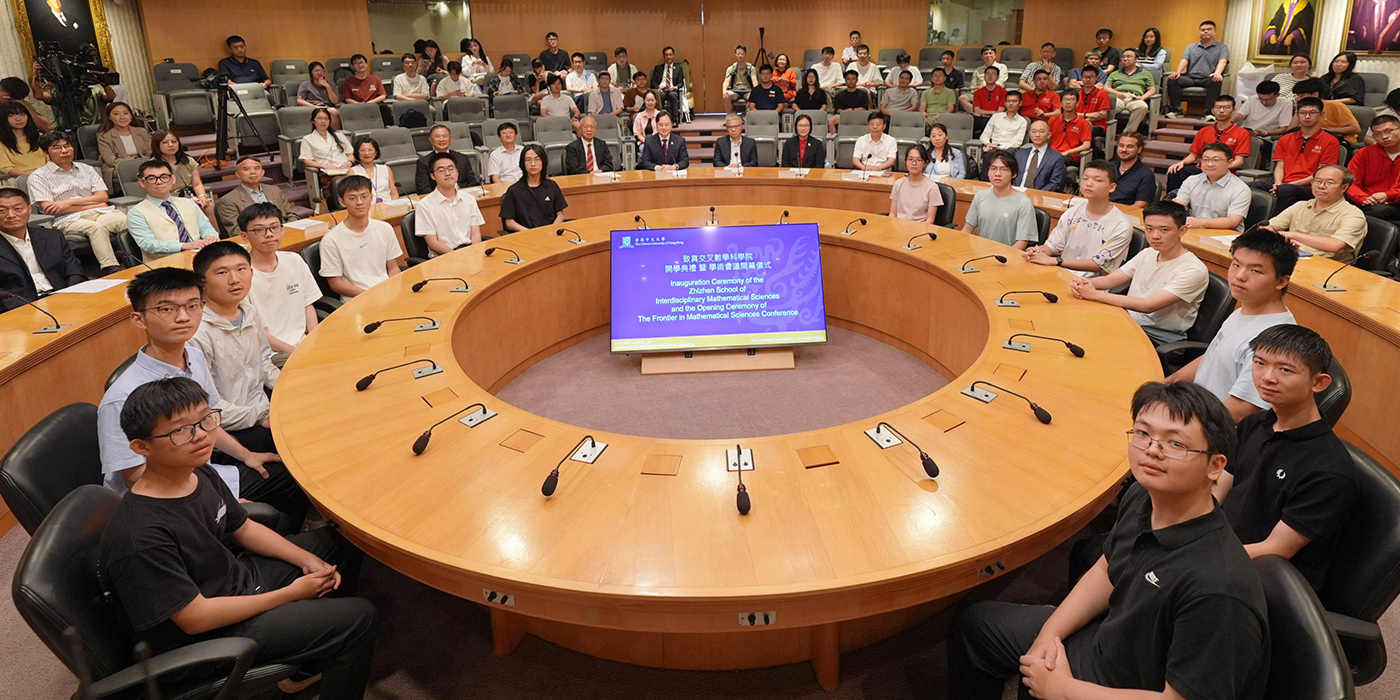Rural revitalisation: a path to sustainable development
Opening ceremony marks rebirth of Lee’s Mansion in Kuk Po
Kuk Po Tin Sum Village, a Hakka village in the northeast of Hong Kong, lies inside Plover Cove Country Park, close to the Sha Tau Kok restricted area. The School of Architecture at CUHK has recently revitalised the Lee’s Mansion, one of the village’s historic buildings, marking the achievement with an opening ceremony. Over 100 attendees gathered for this lively event.
On a clear mid-winter day, the gently swaying reeds and friendly local dogs warmly greeted visitors to the mansion. Participants in the event, on 27 December, explored CUHK’s “From Valley to Plain”, a research project funded by the Countryside Conservation Funding Scheme administered by the Countryside Conservation Office. Besides learning about the restoration process of this Hakka mansion, they also enjoyed guided tours and workshops, immersing themselves in green living and rural culture like indigo dyeing and Hakka cuisine.
Urban-rural symbiosis research led by CUHK
Led by Professor Thomas Chung Wang-leung from the School of Architecture, “From Valley to Plain” is an interdisciplinary project that merges research in architecture, anthropology, geography and resource management, and life sciences. Professors and researchers from those departments collaborate with stakeholders to implement conservation plans, including the regeneration of village houses and outbuildings, and the restoration of farming on abandoned farmland, experimenting with and promoting green living in rural areas.
The project offers venues for experiences that integrate rural culture and living traditions with modern sustainable concepts. It aims to continue promoting environmental education and cultural heritage, encouraging more people to appreciate the history and natural beauty of Hong Kong’s countryside.
Kuk Po boasts diverse natural habitats, including woods, wetlands and coasts, alongside a rich agricultural cultural heritage. The Lee’s Mansion, with over 90 years of history, embodies traditional Hakka culture and architectural features. The CUHK team, in collaboration with villagers, has restored the Lee’s Mansion and used the surrounding natural environment to encourage farming and sustainability in rural areas.
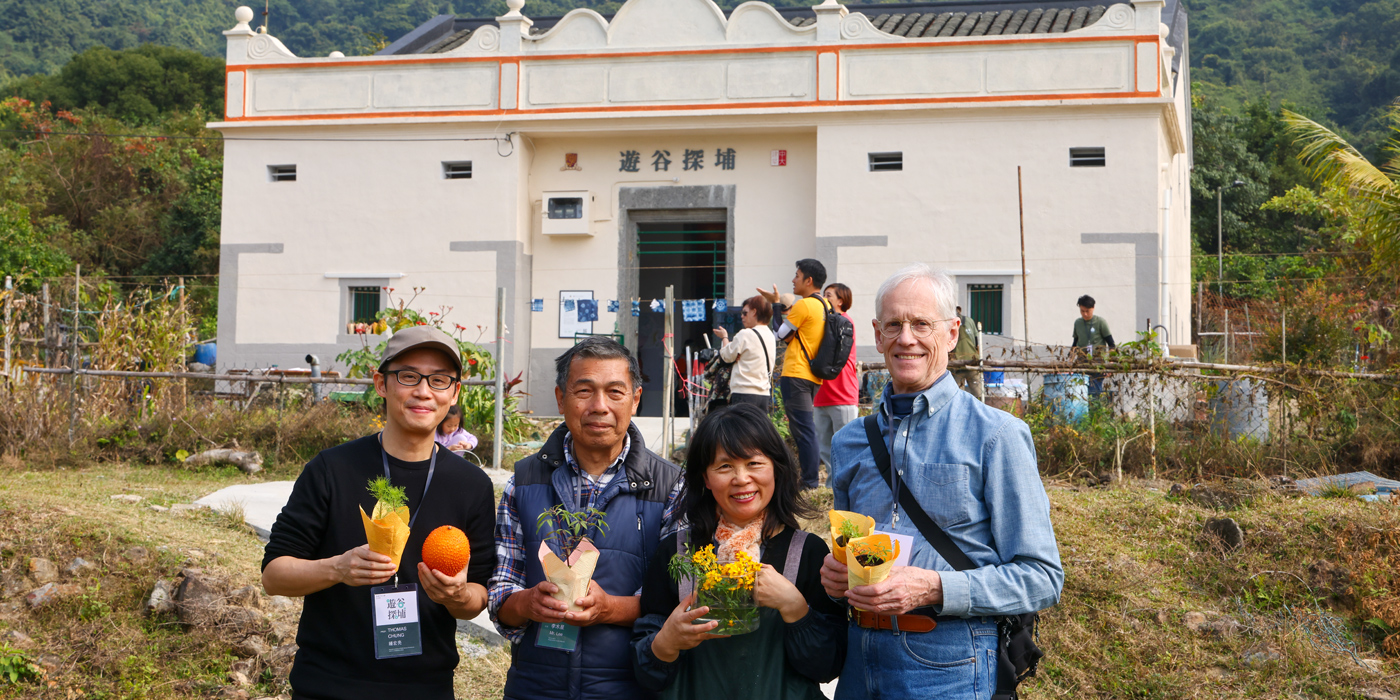
Professor Chung delivered a welcoming speech at the opening ceremony, highlighting the project’s milestones. “The first phase of the project restored the Yeung’s Mansion in Ng To [another village nearby] and established an education research base; the Lee’s Mansion is the second phase. We look forward to continuing our collaboration with the Countryside Conservation Office and other institutions for the third phase,” he said.
He added that CUHK recently established the Research Centre for Sustainable Placemaking and Urban-rural Regeneration (SPUR). With ongoing research in Hong Kong’s Northern Metropolis and South Lantau, SPUR aims to expand CUHK’s sustainability research capacities through forthcoming initiatives with Mainland and international institutions.
The opening ceremony was attended by guests including Pro-Vice-Chancellor Professor Nick Rawlins; Professor Lam Hon-ming, Director of the Institute of Environment, Energy and Sustainability; Cecilia Lam, Director of the Social Responsibility and Sustainable Development Office; Lee Koon-hung, Chairman of the Sha Tau Kok District Rural Committee; members of the Lee family; Kuk Po villagers; project partners; and CUHK staff, students and alumni. Professor Joanna Lee Wai-ying from the Department of Geography and Resource Management led students on field trips to engage with the villagers.
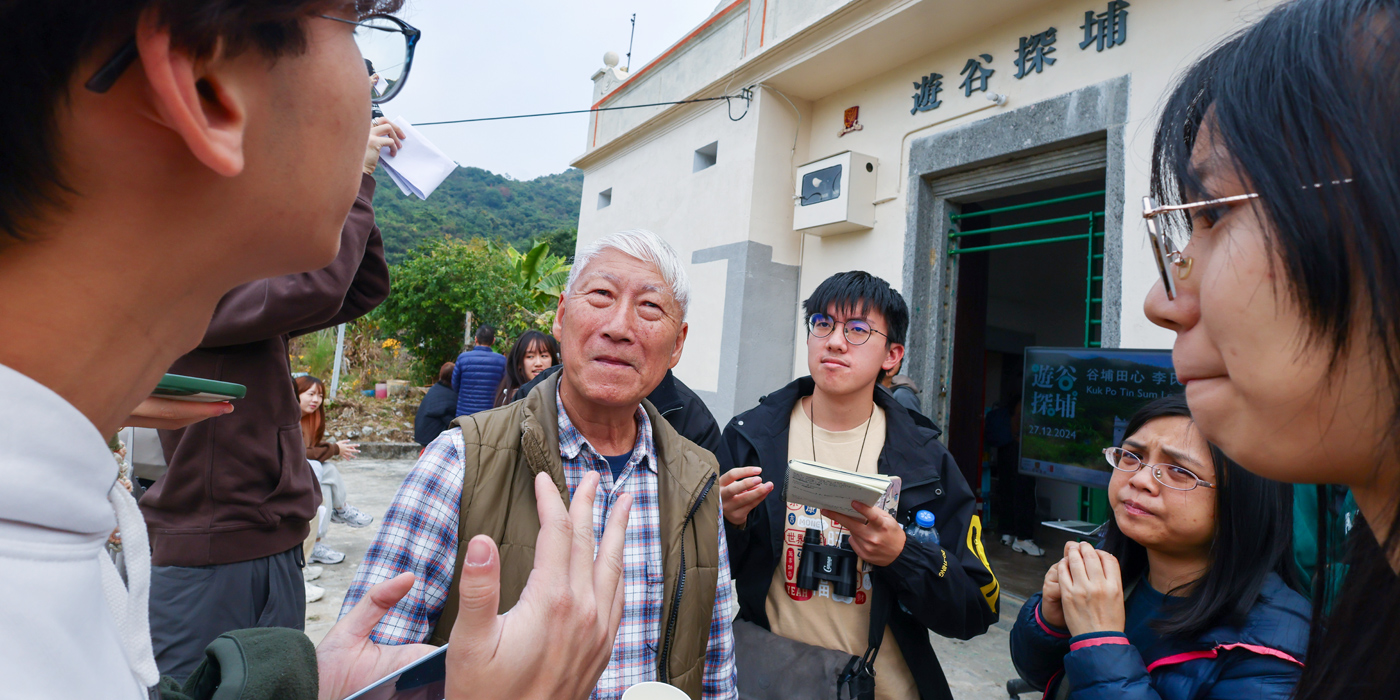
Restoring the Lee’s Mansion
The Lee’s Mansion, constructed in the 1930s with remittances from Lee family members working in the United States, features a traditional Hakka tiled roof and a courtyard for sun-drying crops. The location of the Lee’s Mansion in Tin Sum was originally part of a bay, but in the 19th century, villagers built a dyke to “reclaim” the land into farmlands and channelled freshwater for irrigation. Over time, as the land was abandoned and the dyke fell into disrepair, seawater mixed with the freshwater, creating a wetland environment.
Ellie Chow, Research Assistant at the School of Architecture, explained the principle of “restoration to original state”, emphasising the reuse of original materials and basic repairs to preserve the building’s original appearance. “For example, after inspecting the roof beams one by one, we only replaced 10 in total, while the wooden boards of the ceiling were mouldy, so all were replaced. We also installed mosquito nets so that the windows can be opened to improve ventilation,” she said.
One of the features of the mansion is the “descendants beam” at the centre of the roof, inscribed with “bai zi qian sun” (百子千孫) in Chinese, meaning “hundreds of sons and thousands of grandsons”, reflecting the traditional wish for numerous offspring. Craftspeople painted it in its original colours to restore its vibrant appearance.
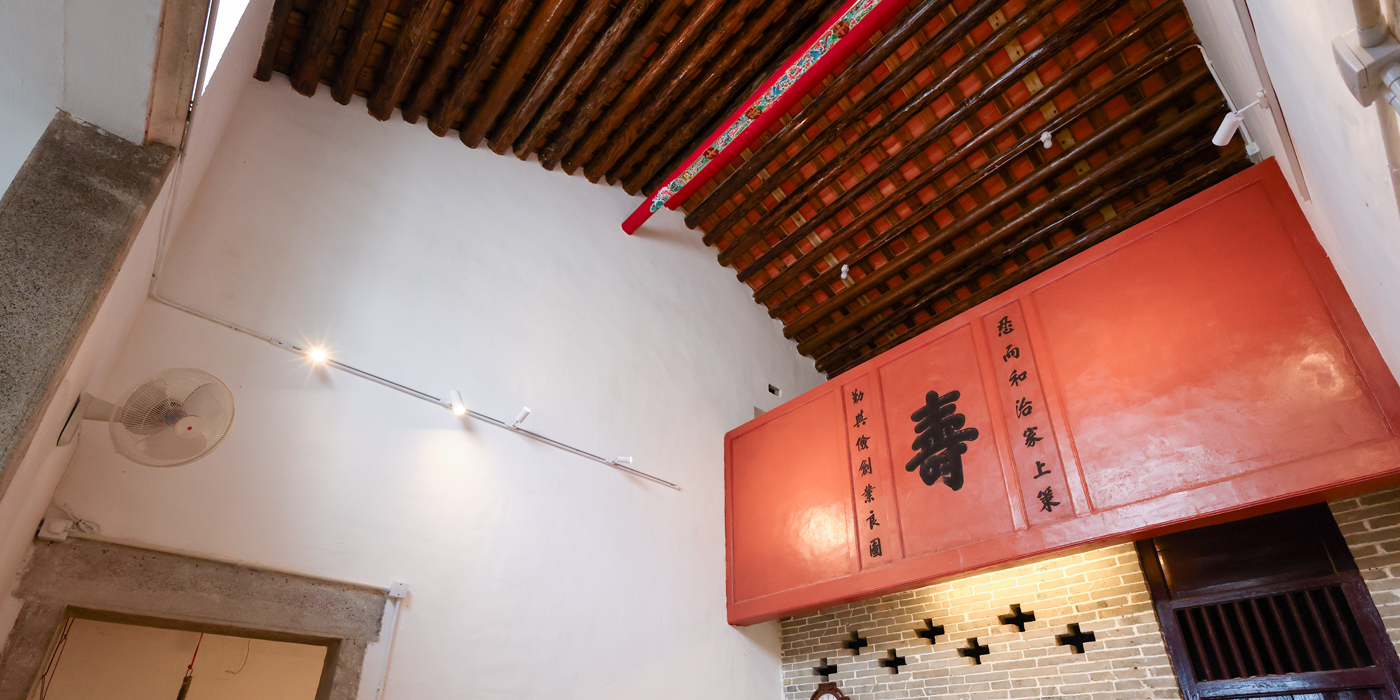
Next to the mansion, the team has cultivated over 10 types of plants using “ecological gardening” techniques, which employ natural farming methods to boost farming efficiency and soil health. For example, artemisia acts as ground cover, preserving soil moisture and mitigating environmental stress from sunlight and wind.
The team organises a variety of activities at the restored mansion, including exhibitions, eco-tours and workshops. Participants can immerse themselves in village life and use locally grown plants, for example by making floral tea with the Lemmon’s marigold and dyeing fabrics with indigo from the flaccid conehead.
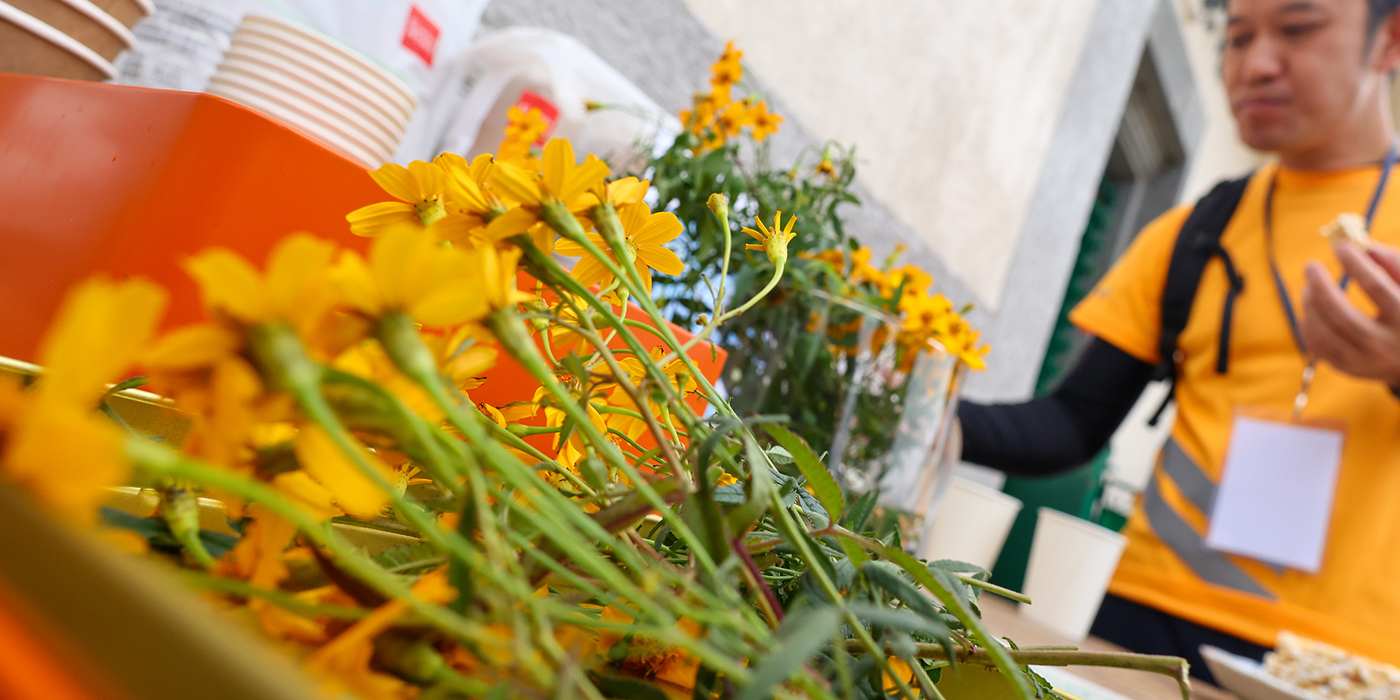
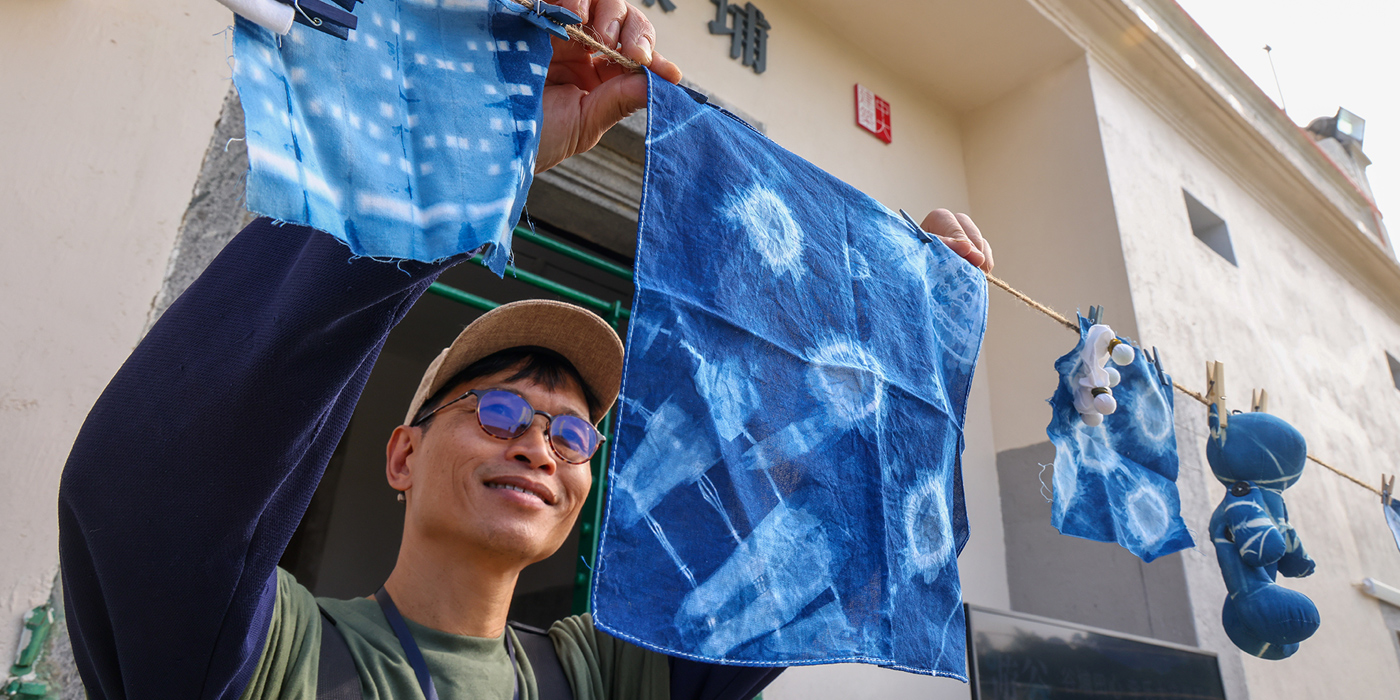
By Eva Choy
Photos by D. Lee, Derek Yung (top photo)

